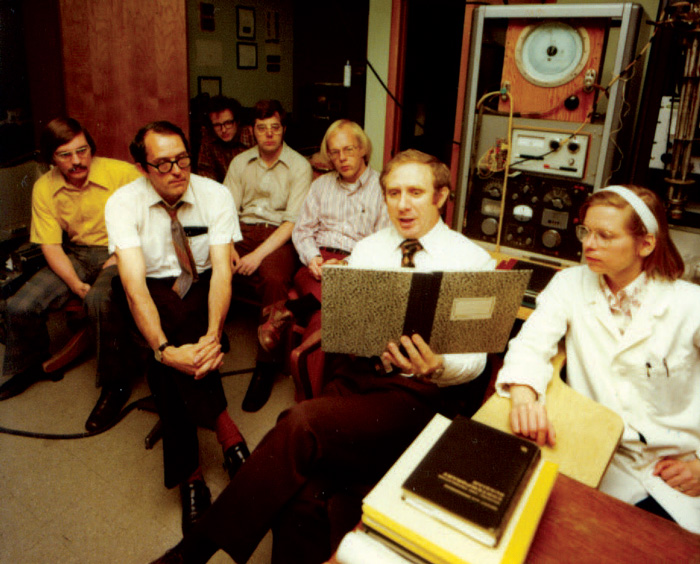
Estate gift of Elizabeth and James Bains to support diversity in the Department of Physics and Astronomy.
The Department of Physics and Astronomy was recently surprised to receive the largest unrestricted gift in its history from Elizabeth and James Bains, who earned their PhD degrees from UT in the 1970s. One of exceedingly few women in her field at the time, Bains created a successful career with NASA that spanned the entire length of the American Space Shuttle program. Prior to attending UT, she put her undergraduate physics degree from Lebanon Valley College in Pennsylvania to work for the Navy by hand-calculating the trajectories of missiles and projectiles and comparing them to the results of early computer programs.
The Bains’ estate gift, which came into effect after they passed away, was both unexpected and unrestricted. The open-ended gift will give the physics and astronomy department liberty to apply funds where they are most needed over time. Initially, the department will set up an Elizabeth and James Bains Graduate Research Fellowship to expand opportunities for students from all backgrounds.
“This will be a prestigious fellowship and will allow graduate students to join a research group from their first day,” said Hanno Weitering, head of the department. “The Bains’ gift is the biggest we have ever received, and it will allow us to support the diverse, top students we would like to bring in. We want to do something extra for our students, and I’m glad that we can.”
Bains Fellows will be selected for their academic and research acumen, as well as maturity and leadership earned through life and work experiences. The goal is to engage outstanding students in research at the outset while also broadening the diversity of the department in a meaningful way. A Bains Fellow could be a military veteran returning to graduate school, a first-generation college graduate, or a student from a group historically underrepresented in physics.
This will be a prestigious fellowship and will allow graduate students to join a research group from their first day.
– Hanno Weitering, head of the Department of Physics and Astronomy
Weitering added the department also is working on solidifying additional priorities for the funds. While the Bains had clearly intended to make the gift for some time, their exact intentions are unknown, and so the university will make every effort to align its priorities with what they might have wanted.

Laszlo Adler (with lab notebook) during his UT days,
surrounded by (left to right) John Cantrell, Mack Breazeale,
Ken Bolland, Jim Bains, Mike Torbett, and Betsy Miller.
Betsy (Elizabeth) Miller married Jim Bains and became
Elizabeth Baine.
When the Bains met at UT, they were both in the research group of the late UT physics professor Mack Breazeale. At the time Laszlo Adler (’69), who is now professor emeritus of integrated systems engineering at the Ohio State University, was at UT. Adler and the Bains became friends and collaborators in the field of ultrasonic research, a branch of physics that works with sound waves outside the audible range.
“Elizabeth was a very warm and close friend,” Adler said. “Jim was more private but very clever with electronics, and he developed many new measurement techniques for his doctoral work. We were a pretty tight group, both scientifically and socially, and it was one of the largest ultrasonic research groups in the country.”
John Cantrell (’76), who became a senior materials physicist with NASA, was in the ultrasonics research group as well. He and his wife, Davie, spent a significant amount of time hiking with Bains in the Smoky Mountains. Cantrell and his wife recall one close encounter caught between a mother bear and her cub. Both remember Bains as exceptionally inquisitive and warm.
“She was very bright, perceptive, and creative,” Cantrell said. “It just naturally followed that she would go into physics because it is the most fundamental of all the sciences. Liz was a very generous and kind person who bent over backwards to help others and be kind. She always went the extra mile.”
